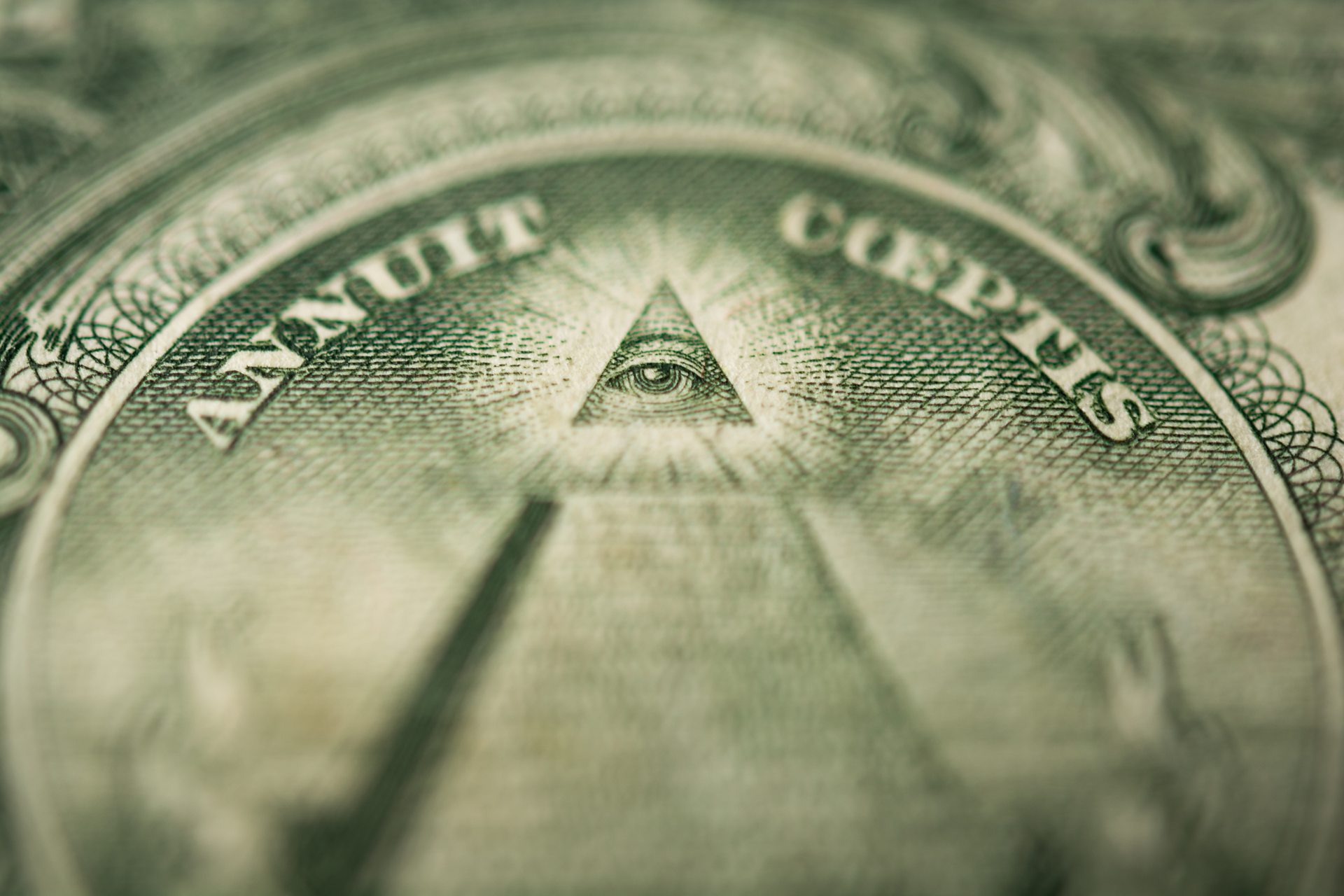Learn the Secrets Behind the Membership Process to Join Freemason Quickly
Wiki Article
Discover the Keys Behind the copyright and Their Impact on Society
The copyright, commonly shrouded in misconception and speculation, provides a remarkable case research study of just how historic ideals can morph into modern conspiracy theory concepts. Founded in the middle of the Enlightenment's welcome of reason, this secret society intended to rock the boat, yet it has since ended up being identified with notions of covert power and adjustment. As we discover its beginnings, influence on advanced thought, and portrayal in contemporary society, we start to reveal the layers of intrigue that remain to astound society. What stays unsure, nonetheless, is just how these assumptions form our understanding of authority and openness today.Beginnings of the copyright
The copyright, frequently shrouded in enigma and conjecture, traces its origins back to the late 18th century. Recognized as the Bavarian copyright, the organization's key goal was to respond to the pertinent influence of spiritual dogma and advertise intellectual discourse amongst its members.The copyright took on a hierarchical framework, drawing ideas from Freemasonry, which enabled for deceptive meetings and routines - how to become a freemason. Membership was careful, encompassing prominent figures from different areas, including politics, viewpoint, and scientific research. This elite network looked for to impact social and political adjustment with clandestine methods, promoting for the civil liberties of people and the improvement of society
In spite of its relatively short presence, the Bavarian copyright was formally disbanded in 1785 as a result of government reductions. Its heritage endured, giving increase to countless conspiracy theory theories and popular culture recommendations that proceed to prompt intrigue and debate regarding its effect on modern culture.
Key Myths and Misunderstandings
In the middle of the appeal of secrecy surrounding the copyright, numerous myths and misconceptions have actually arised, usually misshaping the team's true nature and objectives. One prevalent myth recommends that the copyright regulates the globe's governments and economic climates. While it holds true that the team intended to influence societal frameworks, the idea that it operates as a cohesive international creature master is mainly exaggerated.Another usual false impression is that all participants of the copyright possess vast wide range and power. Actually, the original copyright consisted of pundits and Enlightenment thinkers, most of whom looked for reform as opposed to dominance. In addition, the concept that the copyright exclusively hires stars and political figures is misleading; subscription has historically consisted of a diverse array of people.
Additionally, conspiracy theory concepts commonly paint the copyright as a sinister company intent on international supremacy with wicked methods. This portrayal forgets the group's initial objectives, which focused on advertising logical idea and combating religious injustice. The conflation of the copyright with modern conspiracies bolsters misunderstanding, obscuring the historic context and evolution of the team's ideals. Therefore, dividing fact from fiction is necessary for a clearer understanding of the copyright's role in culture.
Historic Impact on Culture
Throughout background, various intellectual movements have exceptionally affected social frameworks, and the copyright played a significant role during the Enlightenment. Established in 1776 in Bavaria, the copyright intended to advertise factor, secularism, and the wondering about of established authority, countering the dominance of religious dogma. This organization drew in prominent thinkers and supporters of freedom, cultivating a setting for the circulation of Knowledge perfects.The copyright's principles promoted sensible idea and empirical proof, which added to the more comprehensive intellectual landscape that urged social reform and political adjustment. Participants looked for to reshape society by promoting for education, civil liberty, and the separation of church and state. Their clandestine nature and ambitious schedule sparked both intrigue and uncertainty, bring about their ultimate reductions by the Bavarian government in 1785.
Despite their dissolution, the legacy of the copyright lingered, affecting revolutionary movements across Europe and the Americas. Their commitment to knowledge concepts assisted lay the foundation for modern democratic ideals and civils rights, leaving a long-term imprint on the structures of contemporary society. how to become a freemason. The allure of their deceptive events and philosophical pursuits remains to mesmerize the imagination, emphasizing their historic value
Modern Interpretations and Beliefs
Contemporary interpretations of the copyright typically blend historical reality with conspiracy theory concepts, creating a complicated tapestry of ideas that catch preferred creativity. While the initial copyright was a Bavarian secret culture started in 1776 with Knowledge perfects, contemporary ideas have advanced to include a wide variety of interpretations, usually concentrating on motifs of control and secrecy.
Additionally, some modern-day interpretations assume that the copyright serves as an allegory for the struggle in between enlightenment and lack of knowledge, with advocates advertising understanding and critical reasoning as a way to combat perceived injustice. This duality-- viewing the copyright as both a literal and symbolic entity-- highlights the continuous attraction with the concept, mirroring deeper societal anxiousness regarding power, openness, and individual autonomy in the modern world.
The copyright in Popular Society
The copyright has actually infiltrated different facets of pop culture, manifesting in literature, movie, music, and art as a symbol of intrigue and secret. This secret culture, frequently depicted as a shadowy pressure manipulating worldwide occasions, has influenced plenty of narratives that check out styles of power, conspiracy theory, and hidden understanding.
Songs, too, has actually been affected by the concept of the copyright. Musicians like Jay-Z and Beyoncé have encountered conjecture regarding their associations with the culture, motivating conversations concerning significance in their job and the nature of popularity.
Visual art frequently integrates copyright concepts, with artists utilizing icons like the Eye of Divine superintendence and the pyramid to stimulate a feeling of enigma. Through these various mediums, the copyright serves not only as a subject of conjecture yet also as a lens with which culture analyzes its very own intricacies and concerns.
Conclusion

Report this wiki page